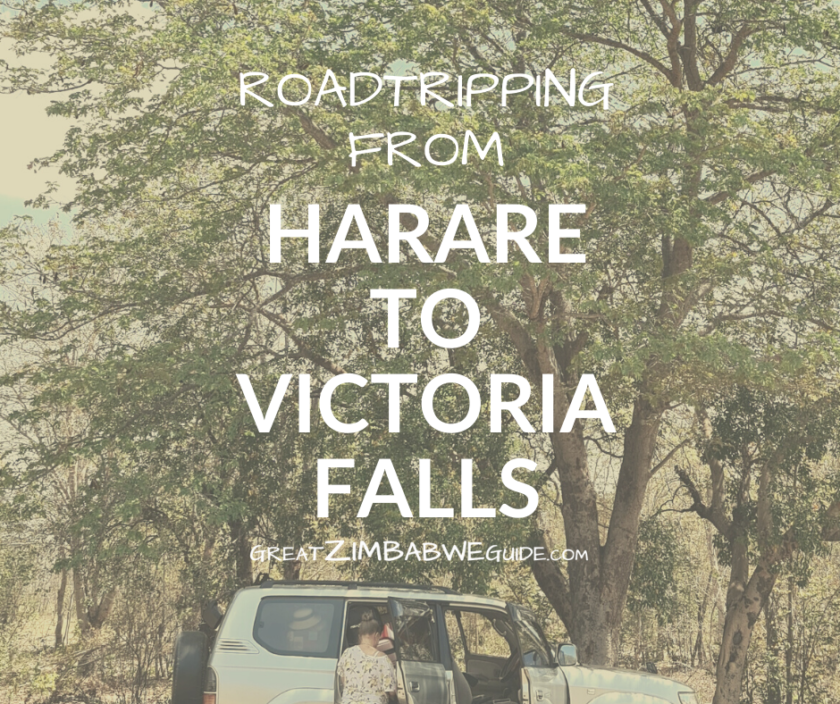 This guest post is written by Ruth, who lives in Harare, Zimbabwe. In September 2021, Ruth and her sister took a road trip from Harare for a weekend getaway in Victoria Falls. In this first part of Ruth’s travel journal series, she describes the practicalities of her 10-hour road journey between Harare and Victoria Falls (via Bulawayo), including information about road conditions, toll gates, police presence, cash and rest stops.
This guest post is written by Ruth, who lives in Harare, Zimbabwe. In September 2021, Ruth and her sister took a road trip from Harare for a weekend getaway in Victoria Falls. In this first part of Ruth’s travel journal series, she describes the practicalities of her 10-hour road journey between Harare and Victoria Falls (via Bulawayo), including information about road conditions, toll gates, police presence, cash and rest stops.
Contemplating the 20-hour round trip
I got a mixture of reactions when I told people we were planning to drive from Harare to Victoria Falls without an overnight stopover. On the one hand, shock: “What! Are you crazy? The road must be awful…”, and on the other hand, curiosity: “Is it practical?”.
To be honest, before our trip, I was apprehensive as I struggled to establish: 1) whether it was doable for a weekend trip, 2) the condition of the roads, and 3) the approximate timeframe it would take (accounting for road conditions, etc).
Now, as I write this with the journey behind me, I have to tell you, I was pleasantly surprised at how manageable the journey was! My sister and I left Harare at 5:30am and arrived in Victoria Falls at 3:40pm, with multiple stops along the way. We were in a high-clearance 4×4 (Toyota Prado) but I definitely think a sedan would have handled the trip. There are, however, some patches that might have required a very slow pace – I’ll discuss them below. The journey is undeniably a long one at 10 hours, but it is definitely doable, especially with two drivers. Let me unpack the trip in detail in the hope that it helps you if you’re contemplating a similar journey …
Road conditions between Harare and Bulawayo
The road between Harare and Bulawayo is in good condition. You leave Harare on a dual carriageway that continues until the toll gate just before Norton. Although the road narrows down to a single carriageway, there is usually enough verge space, which made me feel like I wasn’t at risk of being driven off-track when passing or being overtaken by big vehicles.
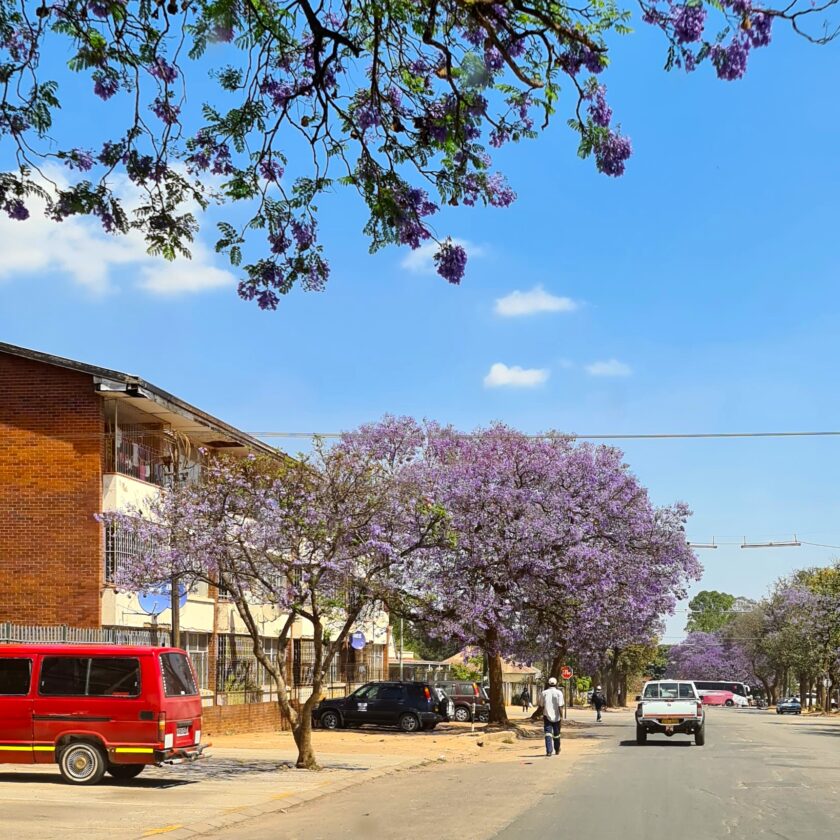
We experienced pretty smooth sailing between towns, but do watch for speed-limit signs when driving into the towns. As this is one of the main roads in Zimbabwe, the volume of vehicles is high, but we still found opportunities to overtake slower vehicles on the long stretches between the towns.
Road conditions between Bulawayo, Hwange and Victoria Falls
On the outskirts of Bulawayo, heading towards Hwange, we hit a really bumpy patch of road which required a slower speed. On the bright side, the potholes had been repaired, so we were unlikely to pop a tyre; on the other hand, the road was so patched that it had become almost corrugated, which made for a pretty bumpy ride. However, this section was soon left behind, and although the road towards Hwange is older and narrower than between Harare and Bulawayo, it was in great condition with very few, if any, potholes. We were able to pick up speed and travel at 120km/hour between towns. We did need to keep an alert eye out for livestock, and closer to Hwange you will also pass signs warning you to keep a lookout for elephant and other wildlife on the road. We were disappointed not to see any wildlife, but considering it was during Zimbabwe’s dry season (September), this was not surprising, as animals usually stay closer to water at this time of year.
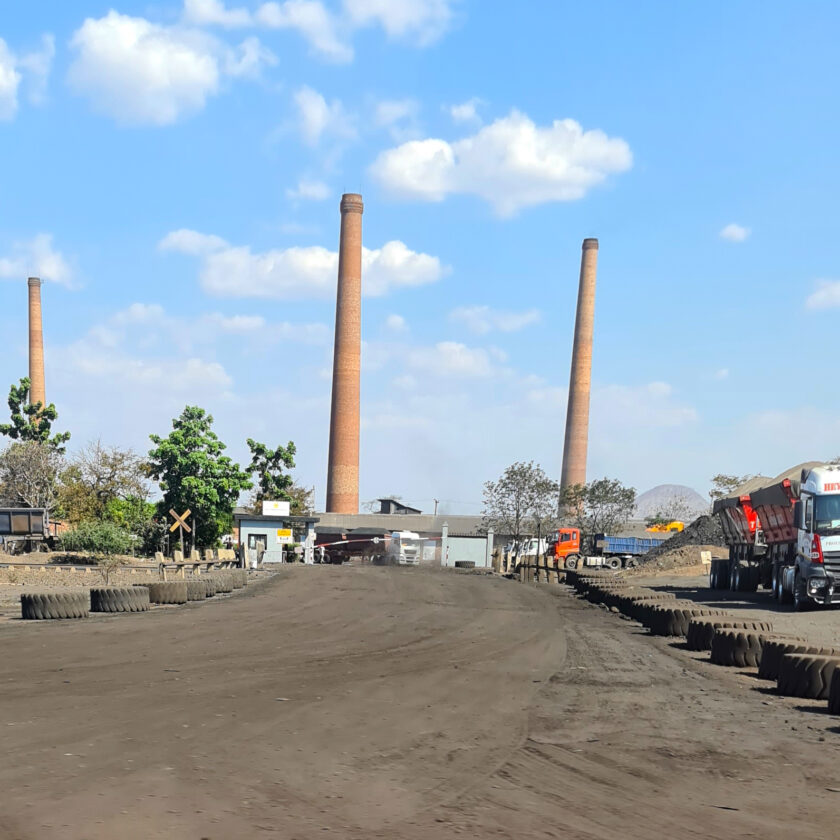
However, it was not all smooth road: there are two patches to be wary of: Close to Halfway House Hotel before Hwange Town, and again after Hwange Town, in the sections around the mines, the road has really disintegrated, with awful potholes from the trucks working around the mines. You need to slow right down (60km/hour). This is the only terrible patch; a sedan at travelling reduced speed would get through, but do drive cautiously. Thanks so much to Shelley from Africa Conservation Travel for the heads-up on the bad sections around Hwange.
Rest stops on the road
We took rest stops several times on both legs. Going to Victoria Falls, we stopped in Kadoma to refuel, in Gweru for the bathrooms, and in Bulawayo for tyre pressure. The garage/service station approaching Gweru has a fast-food court and tolerable toilets (running water and loo roll): if you keep your expectations low then you might just think them passable! In Bulawayo we decided to check our tyre pressure – we did this by enquiring at a service station about the nearest “tyre place” for air pressure, and then following directions around the corner to a yard where we paid USD$1 cash for having all four tyres inflated.
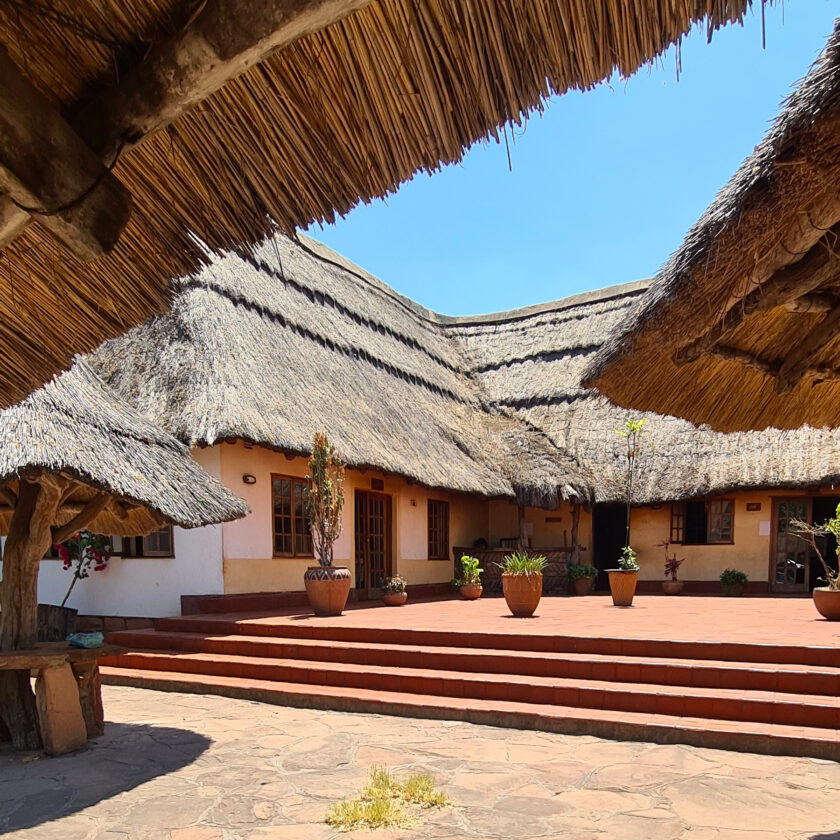
En route from Victoria Falls to Harare, it’s important to mention that we did this leg on a Sunday when many Zimbabwean businesses are closed. We stopped at Halfway House Hotel (between Hwange and Lupane) for the bathroom, where we paid $100 Zimbabwe Bond Cash/Ecocash (approx $0.70USD) for the privilege of a bathroom that was relatively clean, with running water, but no paper or toilet seats. Not ideal. But it depends if you prefer “bush squatting” at the side of the road with a potential audience from passers-by! On the Bulawayo–Harare section, we also stopped briefly in Kwekwe at a large service station/shopping centre approaching the town, which seemed to be abuzz with energy for a slow Sunday afternoon. They had clean toilets, running water AND loo roll! It’s always best to pack your own toilet paper on a road trip, just in case…
It’s worth noting that because our road trip to Victoria Falls started very early in the morning, and because our journey back to Harare was on a Sunday, we didn’t have the opportunity to stop at the higher-quality cafes and amenities. I’d have liked to have visited Dodhill Nursery & Tea Room in Chegutu, and Reapers Coffee & Pastry House in Kwekwe. We also noticed a new and smart-looking shopping centre in Gweru, which we would have liked to have tried out for amenities. I’ve heard about some lovely restaurants in Bulawayo that I look forward to enjoying in the near future, too.
Toll gates, police stops and money required on the road
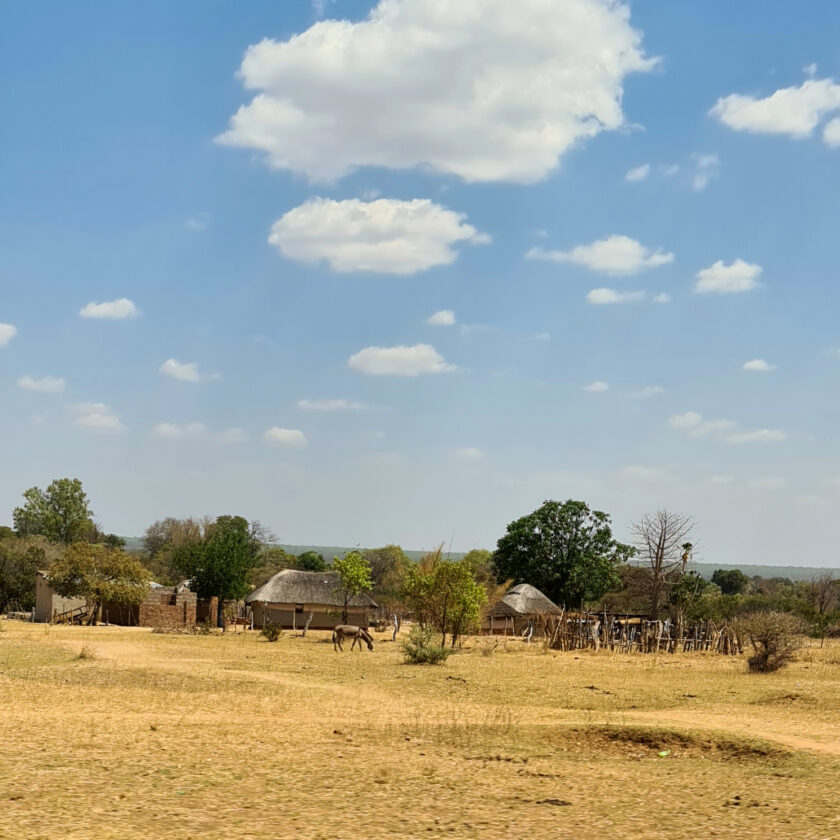
Toll gates: I didn’t count how many toll gates we went through during the road trip, but it was a simple process: join a queue (if at a busier toll gate) and hand over USD$2 cash to the booth operator. You’ll receive a receipt and the boom will lift, allowing you to continue your journey. Change (cash in small denominations) is an issue in Zimbabwe, so if travelling from overseas, try to have a lot of $1 and $5 US Dollar notes: the locals will be ecstatic and it will make your trip MUCH easier! We keep a bottle of hand sanitiser in the car and always sanitise hands after handling money/cards/receipts.
For local Zimbabweans, the toll charge (Sept 2021) was ZWL $164, which is roughly equivalent to USD$2 at the official bank rate. Zimbabweans can pay toll fees via Bond Cash (local currency), Bank Card “Swipe” or Ecocash (although Ecocash can be unreliable and you may often experience delays due to network issues).
Speed limits: The general speed limit on the open road is 120km/hour, and 60km/hour in towns, but always be vigilant for speed limit signs.
Police: We went through a police roadblock in almost every town we passed, but we were not asked to stop even once. This was a lovely surprise, as two females travelling on our own, police stops would not have been a pleasant experience a few years ago. However, the current police roadblocks really do seem to be targeting the dodgy drivers and questionable vehicles, so this was a real positive! The process is as follows: when you see police on the road or signs for a police stop, reduce your speed, turn on your hazards and greet the policemen as you drive past at walking pace. If the police officer waves you through, proceed on your way. If the police officer instructs your vehicle to stop for checks, do comply.
Money: If you’re a local Zimbo, travelling with your bank card and/or Ecocash plus USD cash is advisable. All the fuel stations only accept USD (US Dollar) cash. However, tolls and most refreshments and amenities can be paid for using Bond Cash, Bank Card “Swipe” or Ecocash. Remember that small note denominations are hard to find, so it is worth your while making sure you have a few to alleviate the length of time you wait while someone has to go and try to find your change.
(GZG note: Also read our articles on General advice on driving in Zimbabwe and Money in Zimbabwe.)
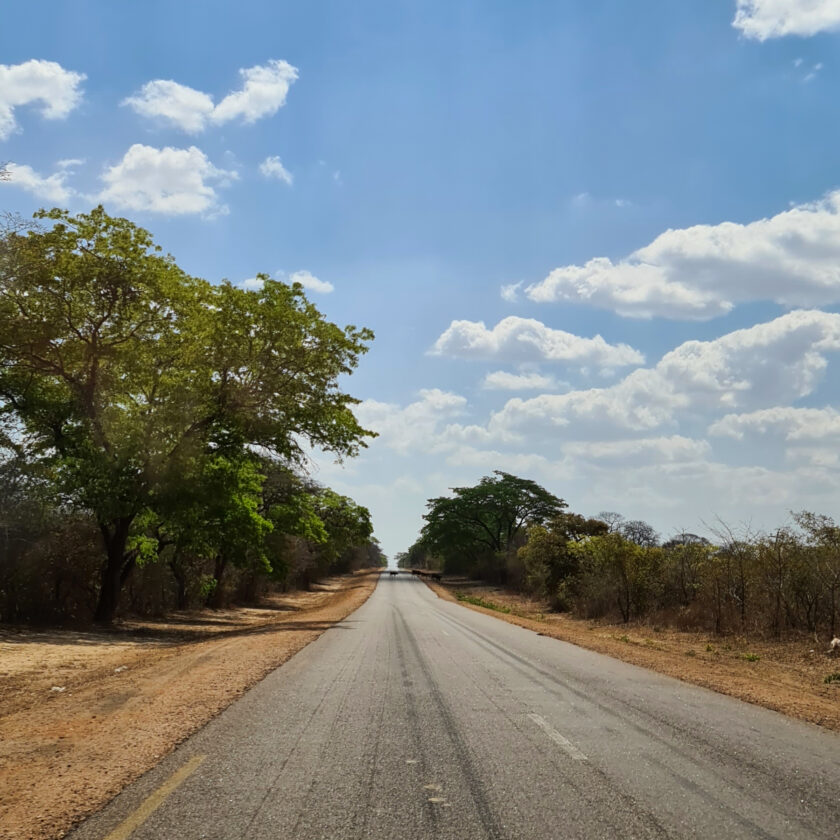
Closing thoughts
 I hope this road trip article has been helpful for anyone – whether local or international – wondering about the pros and cons of travelling between Harare and Victoria Falls by car. Do let me know if you have any questions I have not answered! In the coming weeks, I’ll continue my travel journal here on Great Zimbabwe Guide, giving details of my weekend in Victoria Falls, including the local Vic Falls market, restaurants, and a sunrise tour of the waterfalls itself.
I hope this road trip article has been helpful for anyone – whether local or international – wondering about the pros and cons of travelling between Harare and Victoria Falls by car. Do let me know if you have any questions I have not answered! In the coming weeks, I’ll continue my travel journal here on Great Zimbabwe Guide, giving details of my weekend in Victoria Falls, including the local Vic Falls market, restaurants, and a sunrise tour of the waterfalls itself.
You’ll find me on Instagram @rutheveryday where I’m always happy to share my experiences and any helpful information.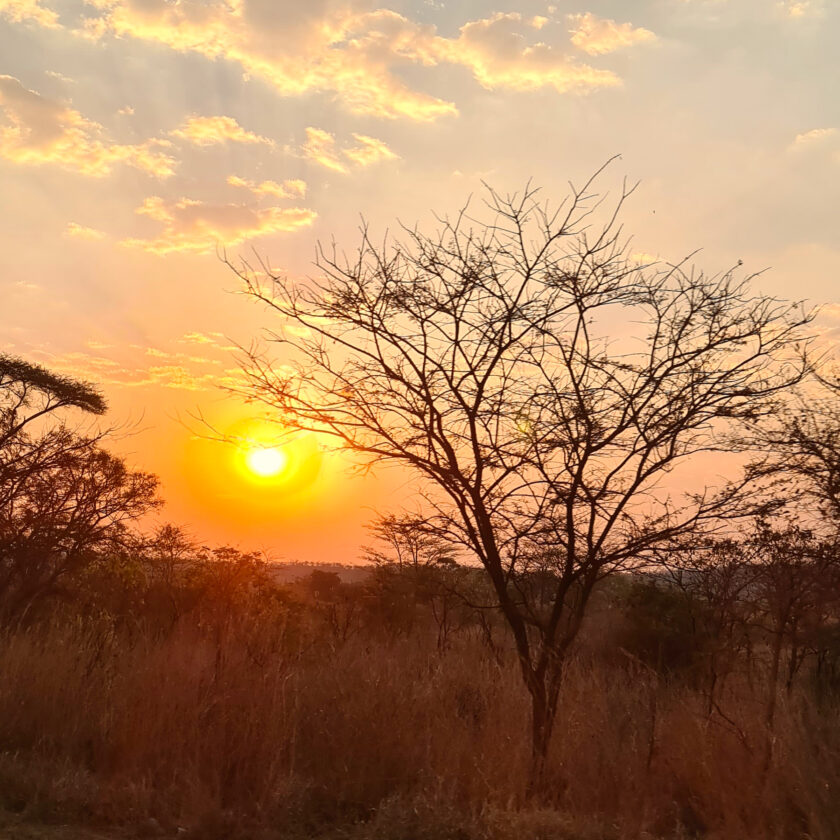
All photos are copyright @rutheveryday and are used with permission.
See more articles on Great Zimbabwe Guide:
-
Zimbabwe travel quick reference guide – a massive list of Zimbabwe travel information
-
Transport in Zimbabwe – information about options for transport in Zimbabwe
-
Zimbabwe self-drive articles – a list of posts that relate to self-drive holidays
-
Zimbabwe travel journals – a list of first-hand travel adventures in Zimbabwe

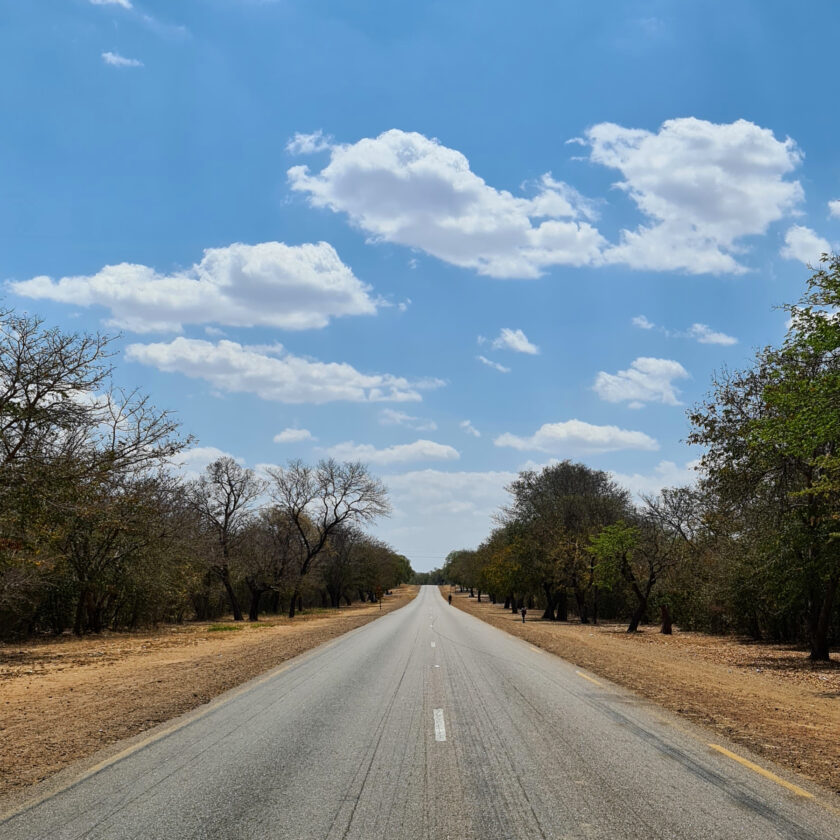
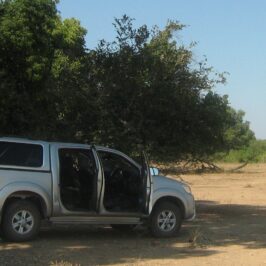
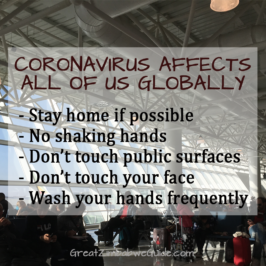
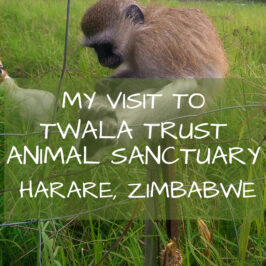
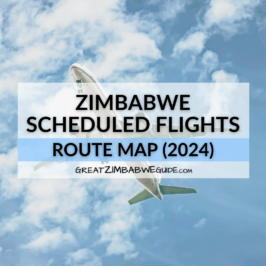
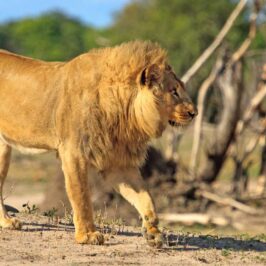
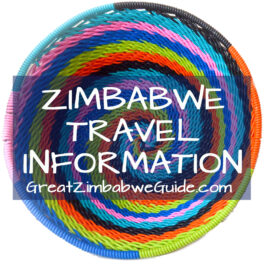
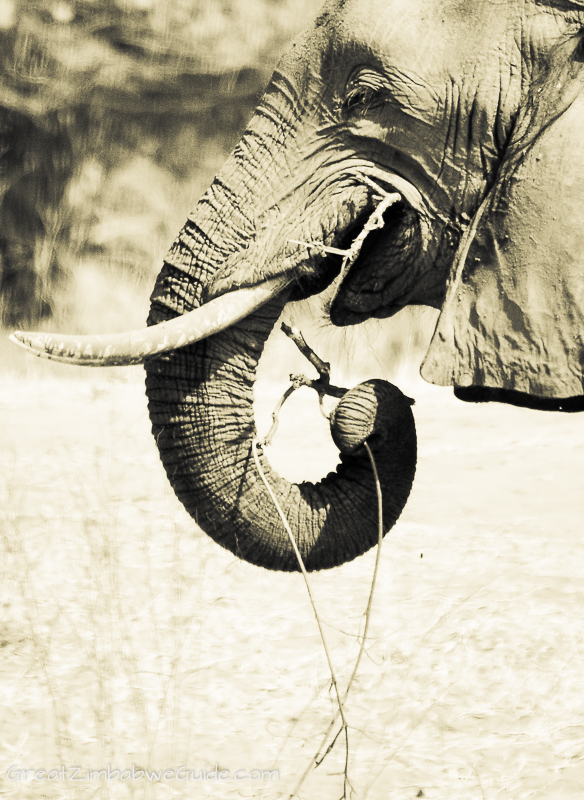
George
A very helpful article with good practical tips – thank-you!
Beth (Travel Editor/Writer)
Thank you, George, great to hear that!